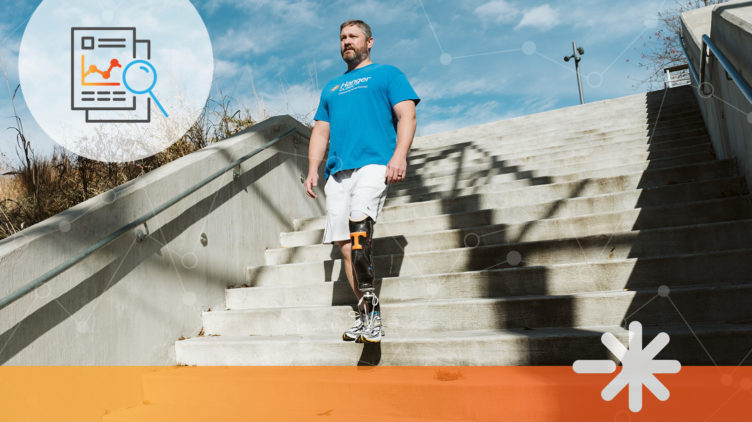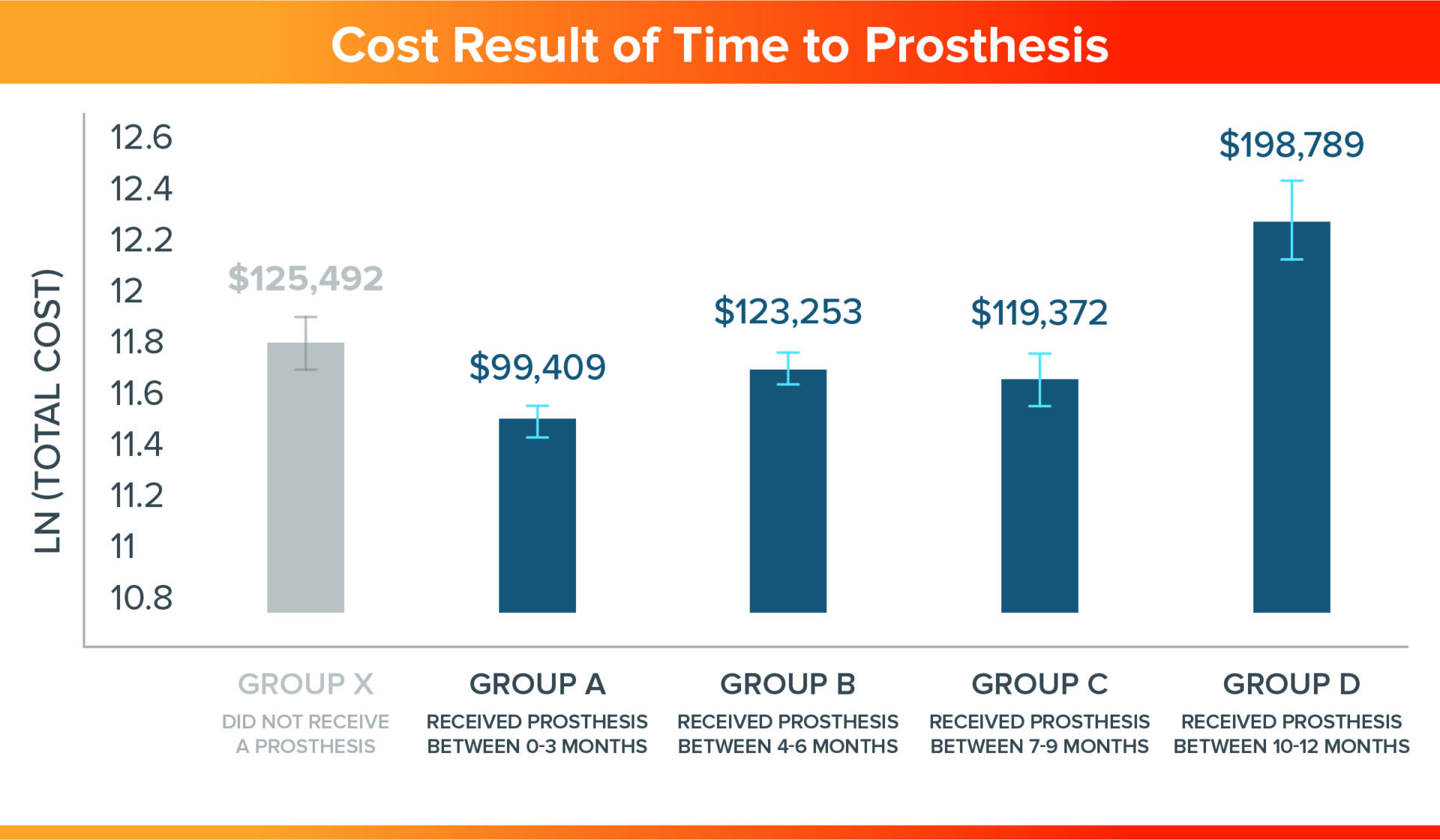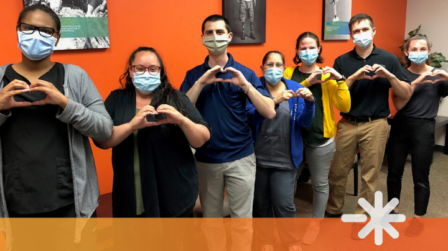Up-to-date information about Hanger Clinic’s response
The IMPACT Study: Impact of Time to Receipt of Prosthesis on Total Healthcare Costs 12 Months Post-amputation

Journal
American Journal of Physical Medicine and Rehabilitation
Authors
Taavy A Miller, MSPO1,2, Rajib Paul1, PhD, Melinda Forthofer, PhD1, Shane R. Wurdeman, PhD2,3
- Department of Public Health, University of North Carolina at Charlotte, Charlotte, NC, USA
- Department of Clinical and Scientific Affairs, Hanger Clinic, Austin, TX, USA
- Department of Biomechanics, University of Nebraska at Omaha, Omaha, NE, USA
Objective
Assess the impact of a prosthesis and the timing of prosthesis receipt on total direct health care costs in the 12 months post-amputation period
Design
Data on patients with lower limb amputation (n=510) were obtained from a national commercial adjudicated claims (Watson) database for retrospective cohort analysis which includes all inpatient and outpatient claims.
Patient Inclusion Criteria:
- Lower limb amputation
- Continually insured
Patient Demographics:
- Between ages of 18 – 64
- 75% had a Transtibial amputation (p<0.0001)
- 70% were male (p=0.06)
- 64% were diabetic or had vascular disease (p=0.11)
Results

- Patients who received a prosthesis between 0-3 months (Group A) post amputation saved 25% in healthcare costs as compared to those who did not receive a prosthesis (Group X) (p=0.044)
- Average total healthcare costs were similar for individuals receiving their prosthesis between 4-6 months (Group B) and 7-9 months (Group C), including the cost of a prosthesis and those who did not receive a prosthesis (Group X).
- There is considerable economic value in providing a prosthesis prior to 10 months post-amputation, resulting from prosthetic mobility and quality of life.
Conclusion
- Economic burdens associated with healthcare for those with chronic health conditions and aging population remains high.
- The clinical benefits of prosthetic rehabilitation can actually serve to potentially reduce other non-prosthetic costs.
- Age, Sex and Diabetes/Vascular status alone are not drivers of total healthcare costs in the 12 months following amputation.
- Early delivery of a prosthesis, post amputation, is associated with reduced overall direct healthcare costs in addition to the physical, social and mental benefits of receiving a prosthesis.
About Watson: The Watson database is a large US private sector health claims database containing de-identified records representing approximately 25% of all commercial claims aggregated into one database with patient-level enrollment history, medical, and pharmacy commercials claims nationwide.
Upcoming Webinar
Join us for a 30-minute webinar as research and clinical leaders from around the country dive into this study and its implications.
Thursday, June 18, 1 p.m. ET
Authors from Hanger Clinic

Shane Wurdeman, PhD, CP, FAAOP (D)
Director, Clinical Research, Hanger Clinic
Dr. Wurdeman has published numerous studies in peer-reviewed journals. In addition to his research work, he continues to manage a patient case load with Hanger Clinic.

Taavy A. Miller, MSPO, CPO
After earning her MSPO and working as a CPO, Taavy transitioned into teaching O&P and then returned full time to earn her PhD in health services research. She has published several studies in peer-reviewed journals, presented abstracts at various conferences, and currently works as a research scientist conducting and leading research projects with a focus on patient outcomes.


